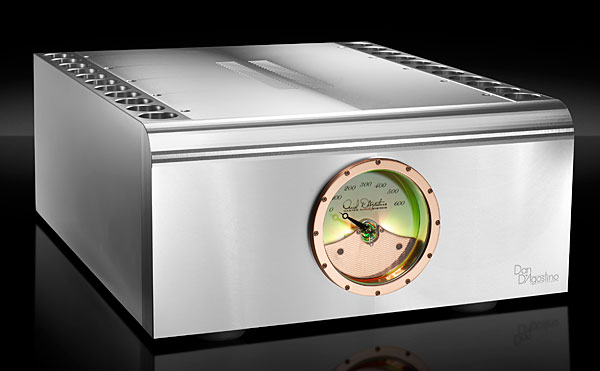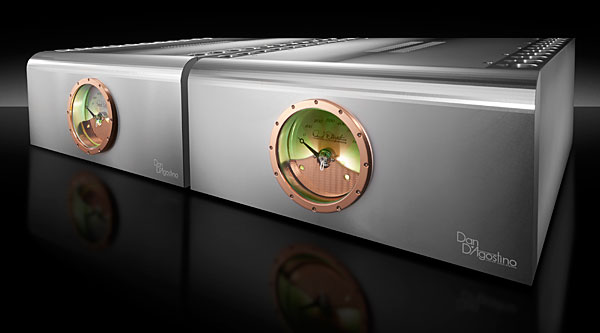| Columns Retired Columns & Blogs |
Agostino Progression Mono monoblock:
"Consequently, the Progression's reproduction of a 10kHz squarewave (fig.2) featured very short risetimes with, commendably, no overshoot or ringing apparent."
Linear Tube Audio ZOTL40 Mk.II power amplifier:
Read more at https://www.stereophile.com/content/linear-tube-audio-zotl40-mkii-power-amplifier-measurements#dF5kOX8x0c8mEESx.99
"the response extended very high, not reaching –3dB until 120kHz, this correlating with the superbly defined shape of a 10kHz squarewave into this load (fig.2). A slight amount of overshoot is visible in this graph, though there is no ringing."
These are great to see, and it's great that from the comments they're appreciated by the measurement team and readers alike.
Though when Class-D amps are measured, they normally have horrendous looking square waves, but these days Stereophile use low power special bench test filters to filter them so they look good to the readers. This is not representative of what's being sent to the speaker in normal everyday use.
This is from the days when Stereophile didn't use the "special" filters, to show what's really coming out the speaker terminals. I believe it should go back to this.
https://www.stereophile.com/images/archivesart/805CIAfig2.jpg
Cheers George












































